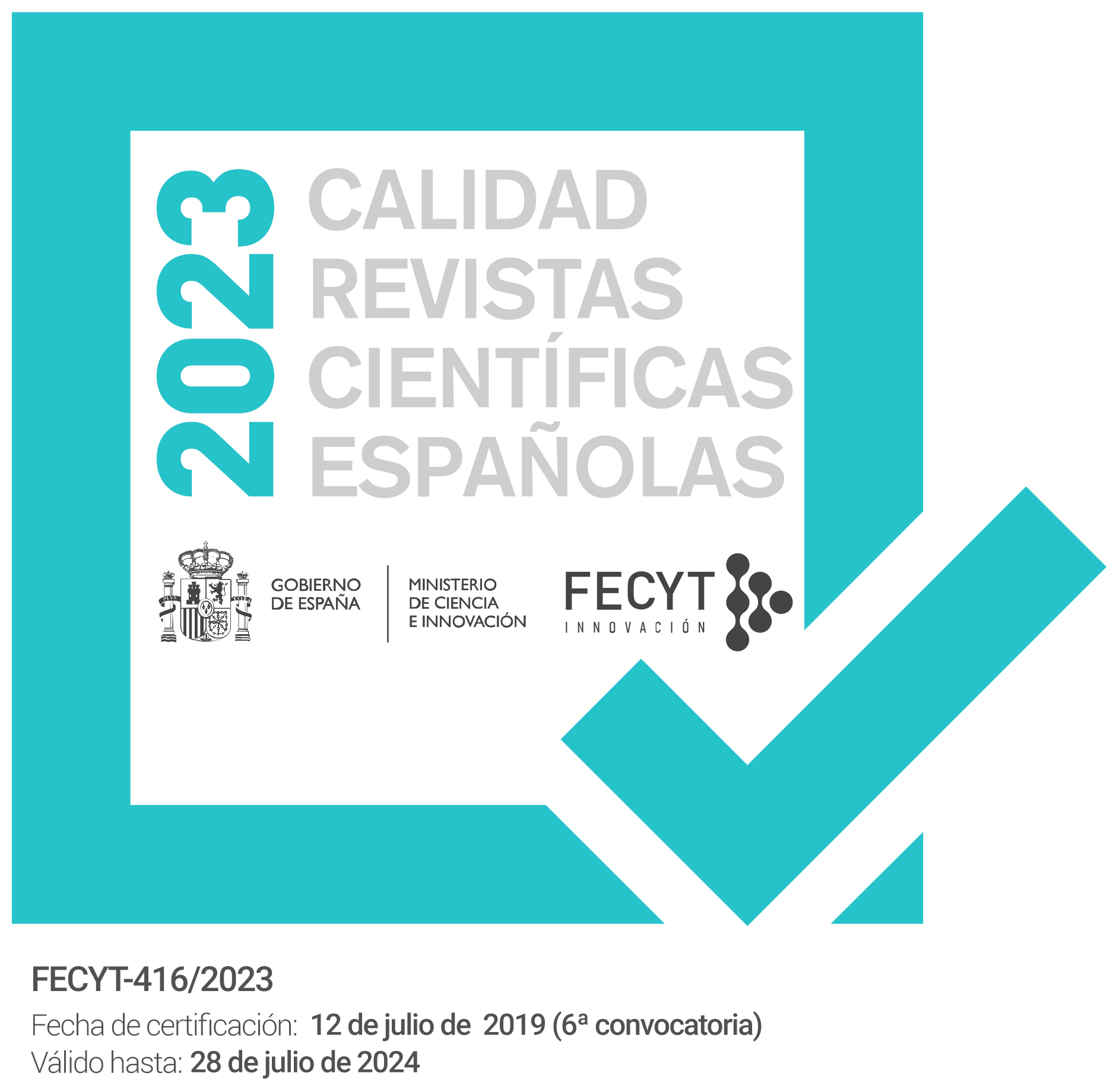Plateros franceses en Tenerife durante el siglo XVII
Palabras clave:
platería, artistas extrajeros, Tenerife, silversmith, foreign craftsmenResumen
La estratégica ubicación de Canarias en la ruta de Indias y su apertura a los mercados europeos y americanos han propiciado históricamente la presencia de población foránea en las islas. En el presente artículo abordamos la nomina de plateros franceses establecidos en Tenerife durante el siglo XVII, añadiendo nuevos nombres a los estudiados por el profesor Hernández Perera y la profesora Fraga. Nuestro trabajo de investigación documental nos permite confirmar la doble condición de algunos de estos artífices, que compaginaron su oficio con actividades comerciales, verdadera base de su promoción económica y social.
The Canary Islands strategic location, in ten way to the Western Indies, together with its openness to the european and american markets, has been determinant for the cause of foreign population in the islands. The current article approaches the catalogue of names if the Tenerife established French silversmiths during the XVII century, providing new names to the list edited by professors Mr. Hernández Perea and Mrs. Fraga. Our documental research Iabour allowed us to confirm the double condition of some of these craftsmen, who shared the time devoted to their art with a profitable commercial activity, which would, in many cases, be the real base for their economic and social promotion in the island.



